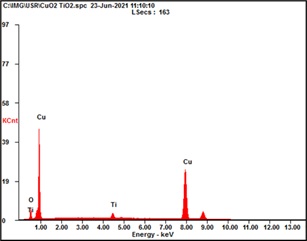Optimizing Photovoltaic Performance in p-Cu2O/n-TiO2 Heterojunction Solar Cells: The Impact of Annealing Temperature, Layer Thickness, and Carbon Doping
Abstract
This study analyzes the photoresponse behavior and optimizing the efficiency of p-Cu₂O/n-TiO₂ heterojunction solar cells. The impact of annealing temperature, layered thickness, and carbon doping on the optical and electrical characteristics of the solar cells was investigated. The findings reveal that the annealing temperature continuously affects the optical absorption and energy gap of Cu2O, with the best performance at 250°C. Increasing the layer thickness of Cu2O resulted in further improvement in absorption and efficiency. It was also found that doping carbon into TiO2 lowered the energy gap, increasing efficiency. The maximum efficiency of 0.003593% was obtained with carbon-doped TiO2. This work guides optimizing the design of heterojunction solar cells for better photovoltaic performance.
Downloads

Copyright (c) 2025 Sarinah Pakpahan, Rimawanto Gultom

This work is licensed under a Creative Commons Attribution-NonCommercial-NoDerivatives 4.0 International License.
Authors who publish with this journal agree to the following terms:
- Copyright on any article is retained by the author(s).
- The author grants the journal, the right of first publication with the work simultaneously licensed under a Creative Commons Attribution License that allows others to share the work with an acknowledgment of the work’s authorship and initial publication in this journal.
- Authors are able to enter into separate, additional contractual arrangements for the non-exclusive distribution of the journal’s published version of the work (e.g., post it to an institutional repository or publish it in a book), with an acknowledgment of its initial publication in this journal.
- Authors are permitted and encouraged to post their work online (e.g., in institutional repositories or on their website) prior to and during the submission process, as it can lead to productive exchanges, as well as earlier and greater citation of published work.
- The article and any associated published material is distributed under the Creative Commons Attribution-NonCommercial-NoDerivatives 4.0 International License.





_copy1.png)










